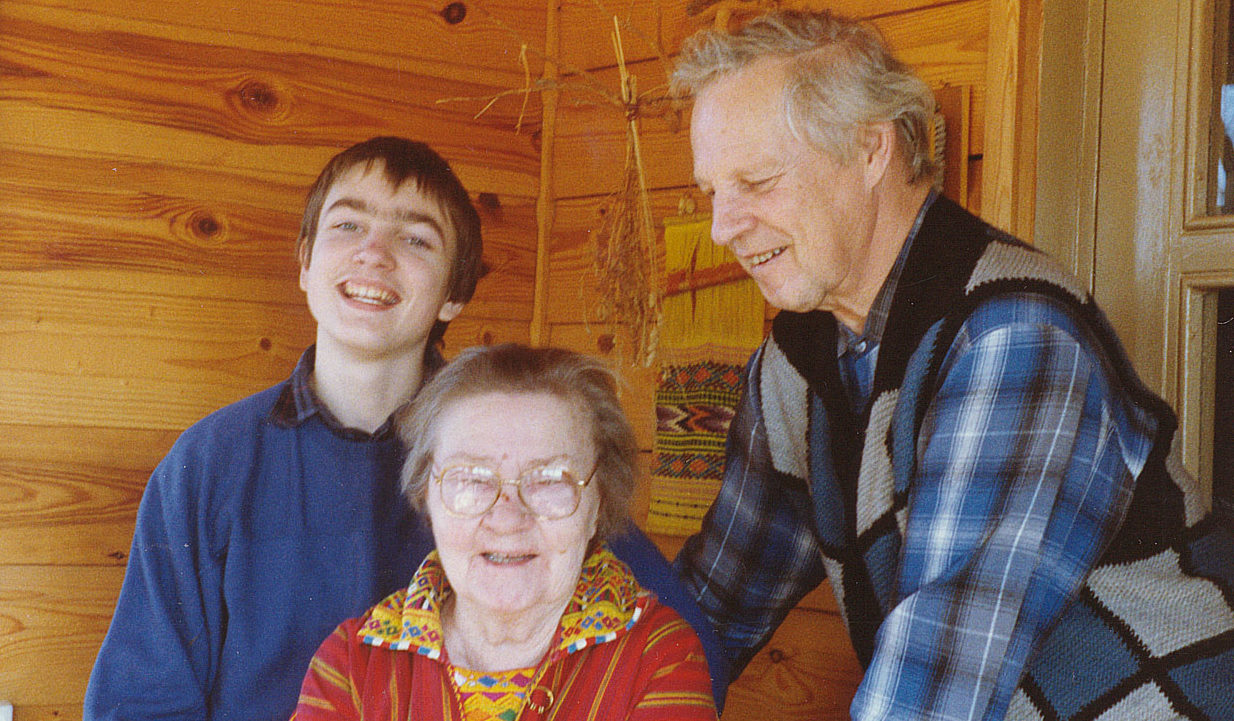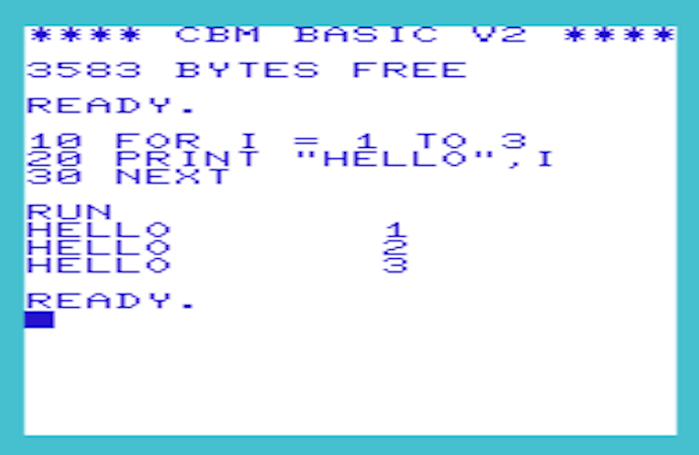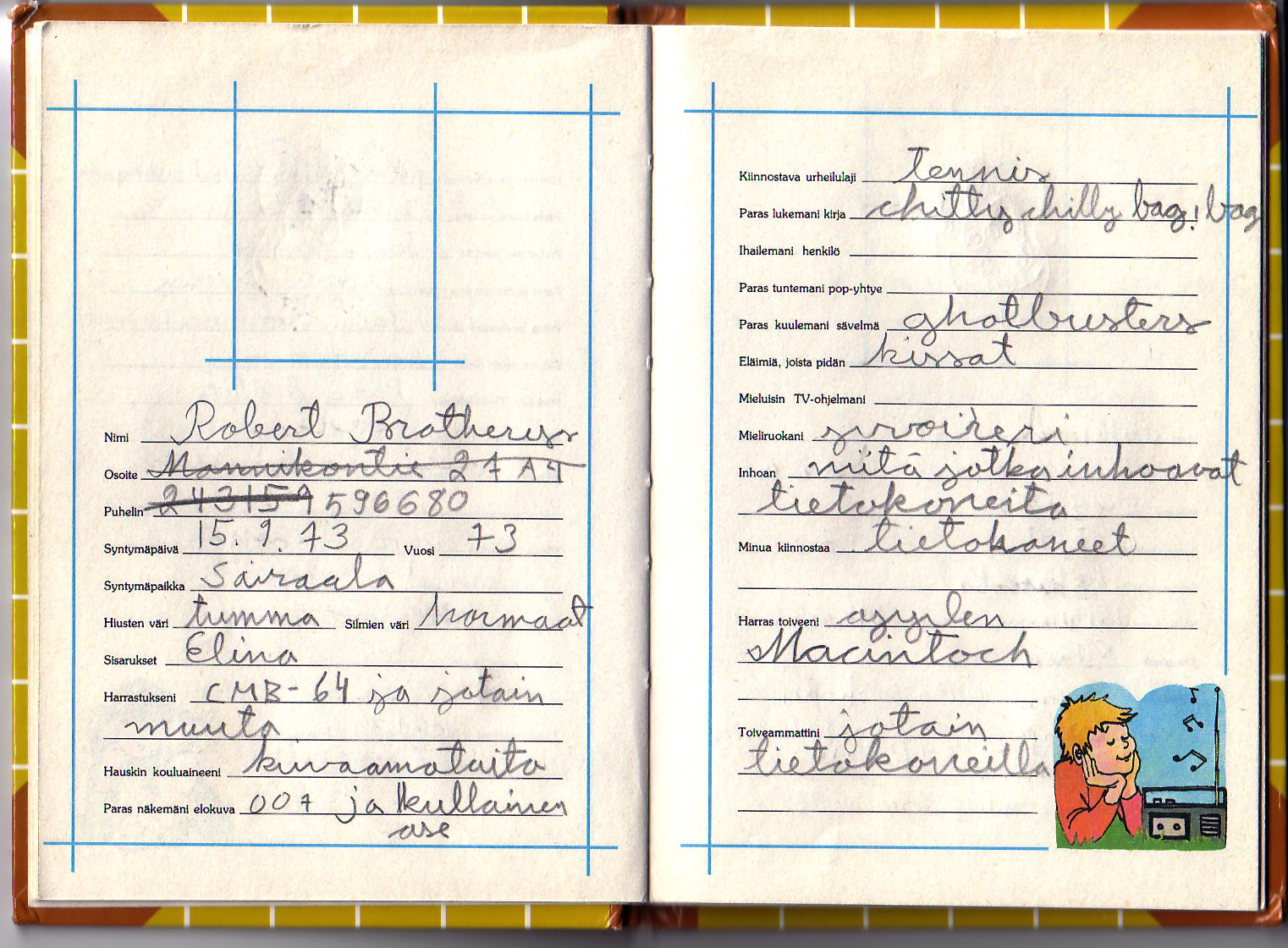Humble Beginnings: the VIC-20
How the right gift at the right time started my life-long interest in programming in 1983
Me, my grandmother Elsa and grandfather Oppe in 1980s
My grandfather Robert Siegfried "Oppe" Brotherus was a wise man. He followed with interest where the world and technology was going and in 1982 come to conclusion that computers and computer skills would be important part of the future. He was then 68 years old and decided to buy home computers for all of his four grandchildren, including me. I was nine years old and blissfully ignorant of any concept of a computer. So when the Commodore VIC-20 box arrived, I was filled with genuine wonder and awe.
Adopting a "Knowledge Machine"
Although the home-computer explosion was still in early stages, there was already several cheap competing models available. In addition to the VIC-20 there were Sinclair ZX81, Salora Fellow and Aquarius sold in Finland under $200. My grandfather consulted his sons - my uncles Martti "Masa" Brotherus and Jyrki "Jype" Brotherus - to choose a suitable model since they both used computers as part of their jobs. My father Jaakko Brotherus would have surely enjoyed participating in the discussion since he had been quite a science and tech nerd, but he had unfortunately died to sudden illness few years earlier. My uncles consultation resulted in the choice of VIC-20 which had been introduced by Commodore in 1981 and eventually become the first computer to sell over one million units.
This was the first home computer among my friends at Savio, a small suburb of Helsinki in Finland. People were interested in this never-before-seen wonder machine. The Finnish language word for computer is "Tietokone" which means literally "Knowledge machine", so a common question was: "What does it know?" I soon learned to answer: "Anything that it is programmed to know." It turned out, of course, that with a meager 3.5 kB of memory that was not very much. But that did not matter at all in our excitement.
The VIC-20 was a gift to both me and my big-sister Elina Brotherus. First the computer stayed in the living room so we could both use it. Elina and her friends also used the computer - mainly for typing some stories to the screen, though she did also learn to make a BASIC program of stickman jumping up and down. I went further in learning and doing programs with the CBM BASIC. Eventually Elina grew bored of the computer and the VIC-20 moved from the living room to my room. I did not get bored of programming then or in the 35+ years since then.
For my programming hobby it was crucial to get the VIC early enough, before most of my friends. One year later VIC-20 and Commodore 64 machines were popping up everywhere in my circle of friends and most of them had many games and were just playing them without any motivation to learn programming. But when I got the VIC there were no games and I did not know that games could even exist. So the only way to have fun with the computer was to learn BASIC programming language. Later when the wave of games arrived I did get my share, but I was already hooked to the programming hobby strongly enough to never give it up.
Learning BASIC in a vacuum of knowledge
The resources for learning the BASIC programming were somewhat challenging. I had no friends who knew anything about programming or could help in any way. There was no internet to look for help. Only thing that I had was the BASIC manual that come with the computer. It took weeks of reading and trial and error until I got fluent with simple programs like:
In the beginning I had no storage device at all: no disk-drive and not even a cassette-tape drive. So at the end of each programming session and shutting down the VIC, the program disappeared forever. Next day I started from empty memory again. Only after many months of this kind of throw-away programming I finally got a cassette-drive and could start saving some programs from the power-off demise. Later in 1983 it was time to invest to the next level by upgrading to Commodore 64 after first trying it out at some friends home and becoming fascinated of programming sprites, little graphical elements that could be moved around.
Below is entry from a "Friends book" of my friend Rami Eerola from 1984 when I was 11. I wrote (in Finnish) as my hobby: "CBM-64" (Commodore 64), as my interest "Computers", as my wish "Apple Macintosh" and as my dream job "Something with computers". I guess I am living my dream with 30+ year career in programming 😁
From scarcity to abundance of learning resources
Today learning programming is made much easier by numerous web resources: articles, tutorials, courses and videos. Programming is also much more common skill and a child is likely to find some friends, family members or teachers to help. Some schools even have compulsory classes in programming for pupils.
But in some ways the mental barrier for a child to start programming hobby might still be greater than in 1983. Free or cheap computer games are everywhere and it might be difficult to take the more tedious path of learning instead of succumbing to the easy and quick enjoyment of games others have programmed. Also in our daily lives we are interacting with numerous high-quality pieces of software from games to operating-systems to video-players that have been produced by large groups of skilled professionals with extremely great effort. When that sets our standards of what a good or interesting piece of software looks like, it might be difficult to get the the same kick of excitement and feeling of success that I could get in 1983 seeing results of simple self-written for-loop on VIC-20.
























